Products
Functional storage makes your everyday life easier. Elfa has different product lines adapted to different storage needs.


Homes all over the world hide an impressive array of items. Everything from cultural heritage to odd collectibles find their place in our homes. Many of these objects carry significant personal and cultural meaning. But it’s not just about nostalgia - as our world changes, our collections also reflect the new trends, interests and sometimes even our preparations for the future.

People’s homes are often rich in cultural and historical objects. These may include artefacts such as paintings and sculptures, old music formats such as vinyl records, as well as film and music memorabilia that are strongly associated with pop culture. Many hang on to these items, not only for their sentimental value, but also for their potential to become valuable over time.
Pop culture also lives on in many homes in the form of collectibles such as film props, trading cards and autographs. These pieces provide a nostalgic reminder of bygone eras and important cultural events.

Books have always had a special place in the home, and the collection can include everything from first editions to comic books. At the same time, sports memorabilia is a growing trend, with everything from match shirts to autographed items being collected and stored with care.
As for more unusual objects, we find everything from miniature vintage cars and motorcycles to fossils and minerals. This reflects a broad interest in both science and beautiful objects such as crystals and gemstones.
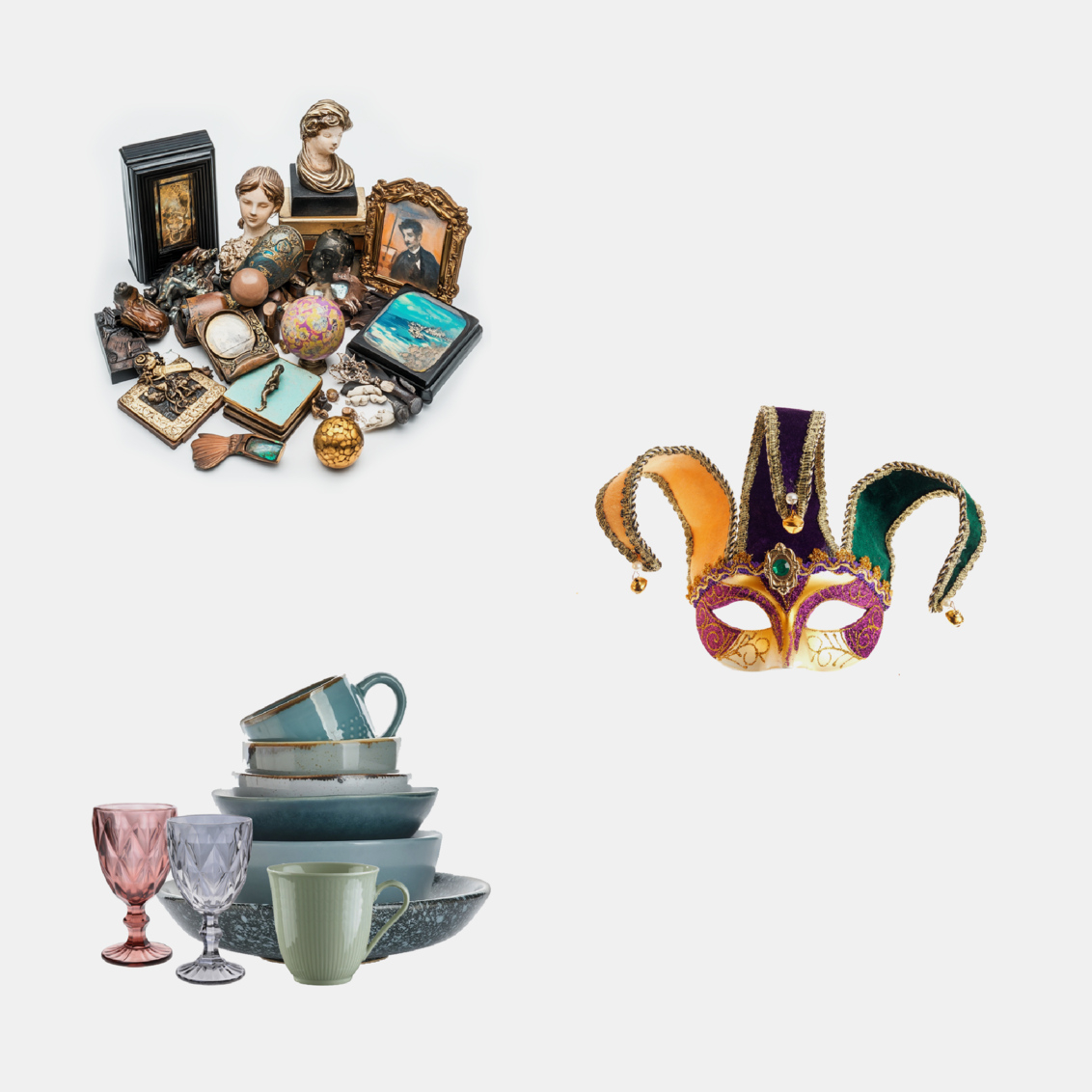
With so many items, finding the right way to store them can be a challenge. Many people choose to store their collections on shelves, in display cabinets or in wardrobes and chests of drawers. For some, storage is not only a practical solution, but also part of the home’s interior design. Many items are displayed as part of the personal space, while other items are stored in safer places such as storage rooms or cellars to manage the surplus.
Although collecting is a passion for many, there is also a desire to organise and create balance. With the right storage systems, these precious memories and collectibles can both be preserved and enhance the interior design and ambiance of your home.
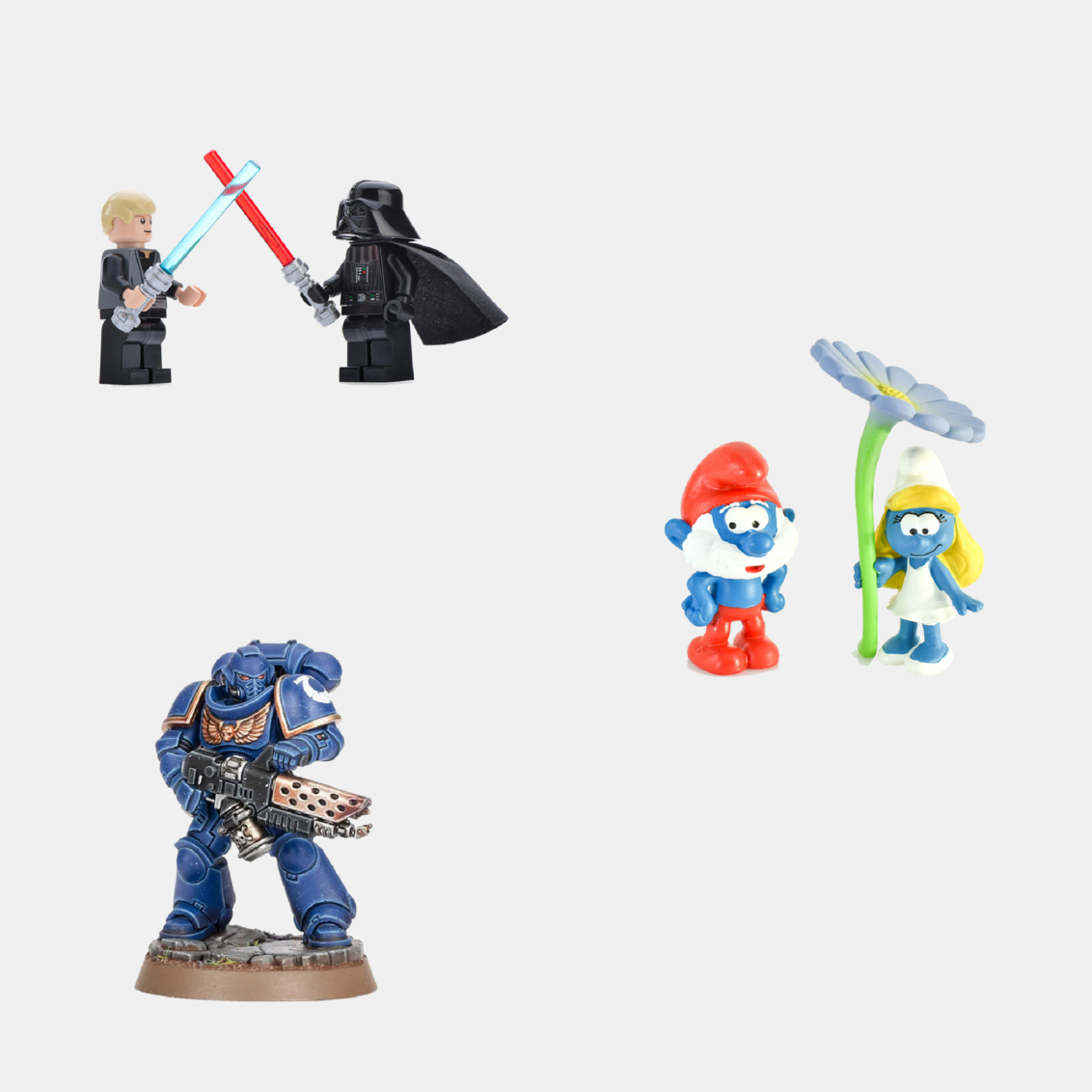
Many find it difficult to part with historically and emotionally valuable objects. Family photos and albums are often among the items we treasure the most, along with other sentimental possessions such as school photos, diaries and childhood memories.
Special objects, such as childhood toys or collectibles from iconic brands, are kept by many adults, reflecting both personal memories and a nostalgic interest. Many items also become part of our identity and tell a story about where we come from and who we are.
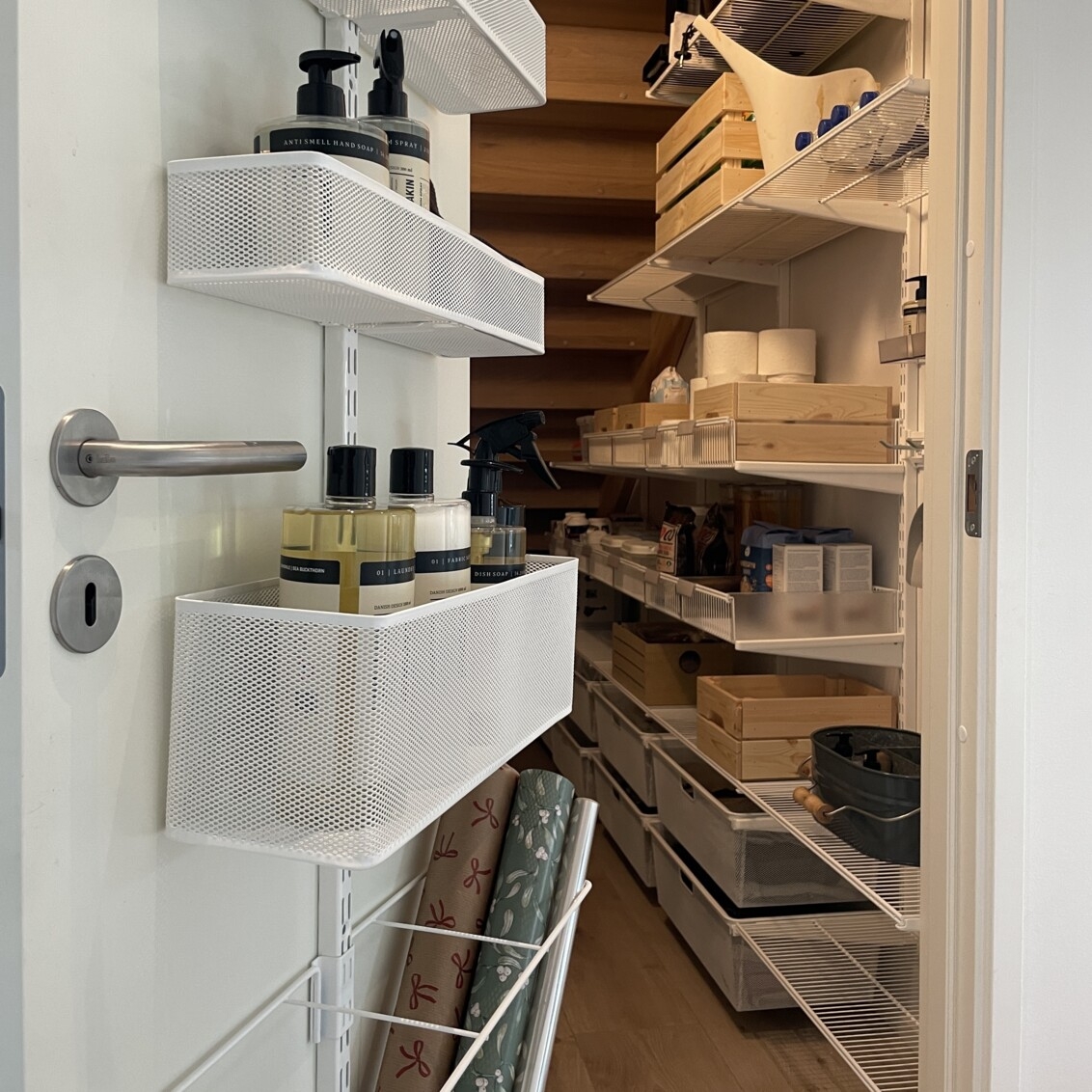
Shelves high up, hanging storage and built-in storage help you maximise space and keep floors clear.
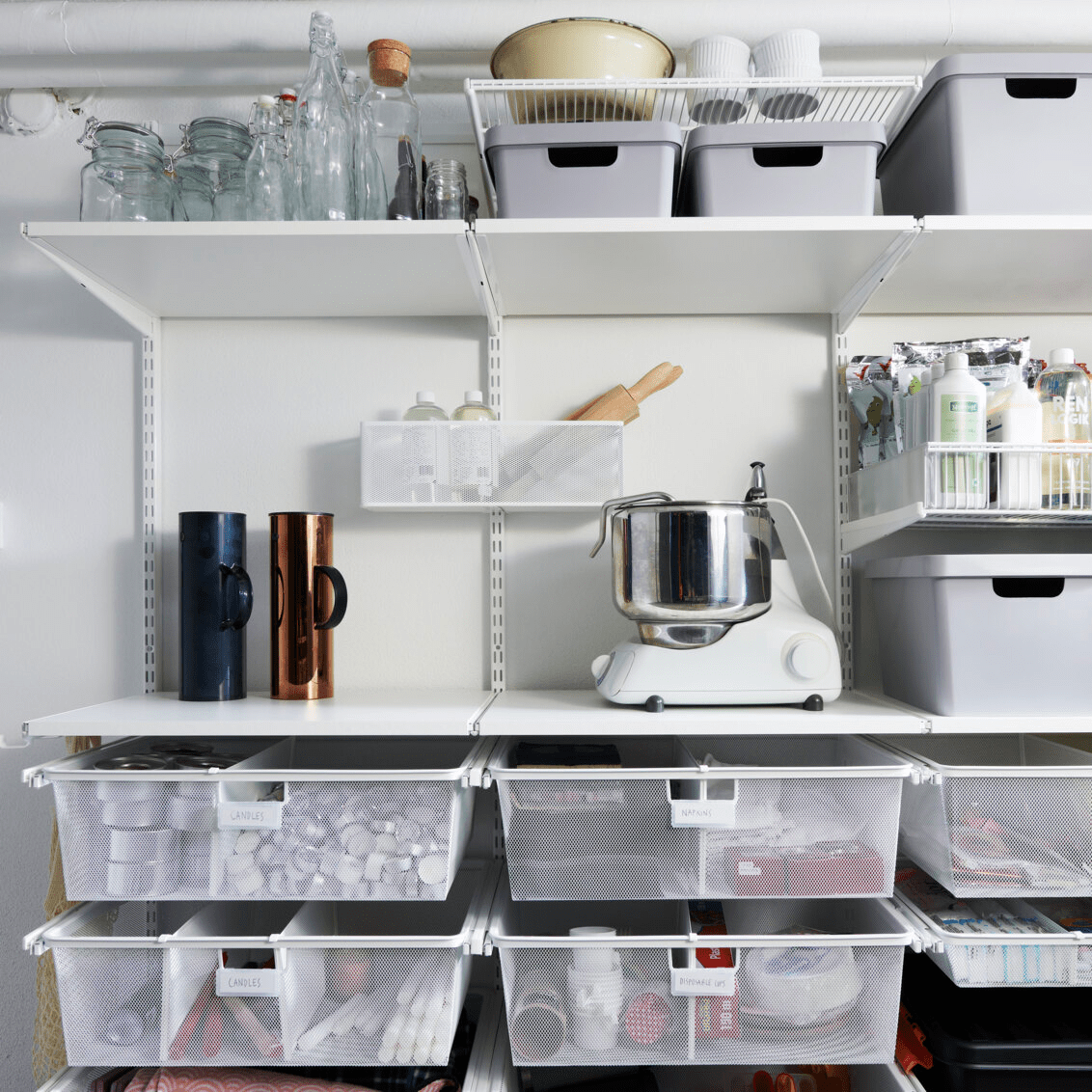
Divide your things into categories such as memorabilia or electronics. Use labelled boxes or baskets so you can easily find what you need without having to rummage around.
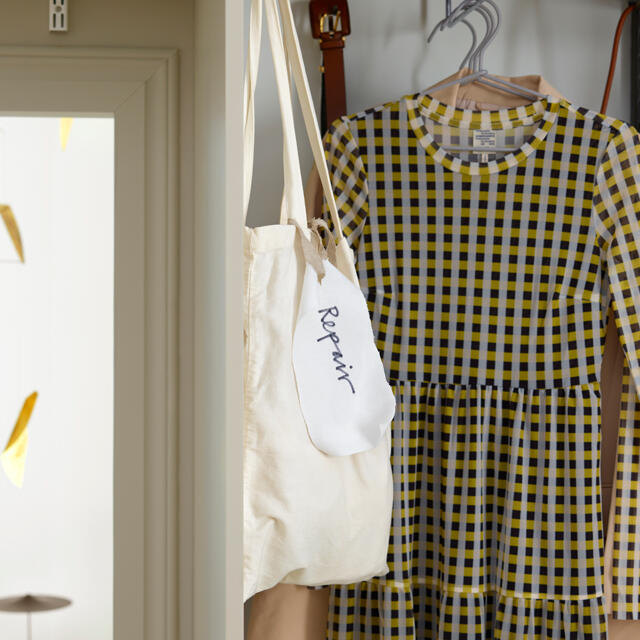
Go through your collections periodically and ask yourself what you really need or value. Keep only the things you really want. Give away, sell or recycle what is no longer used.